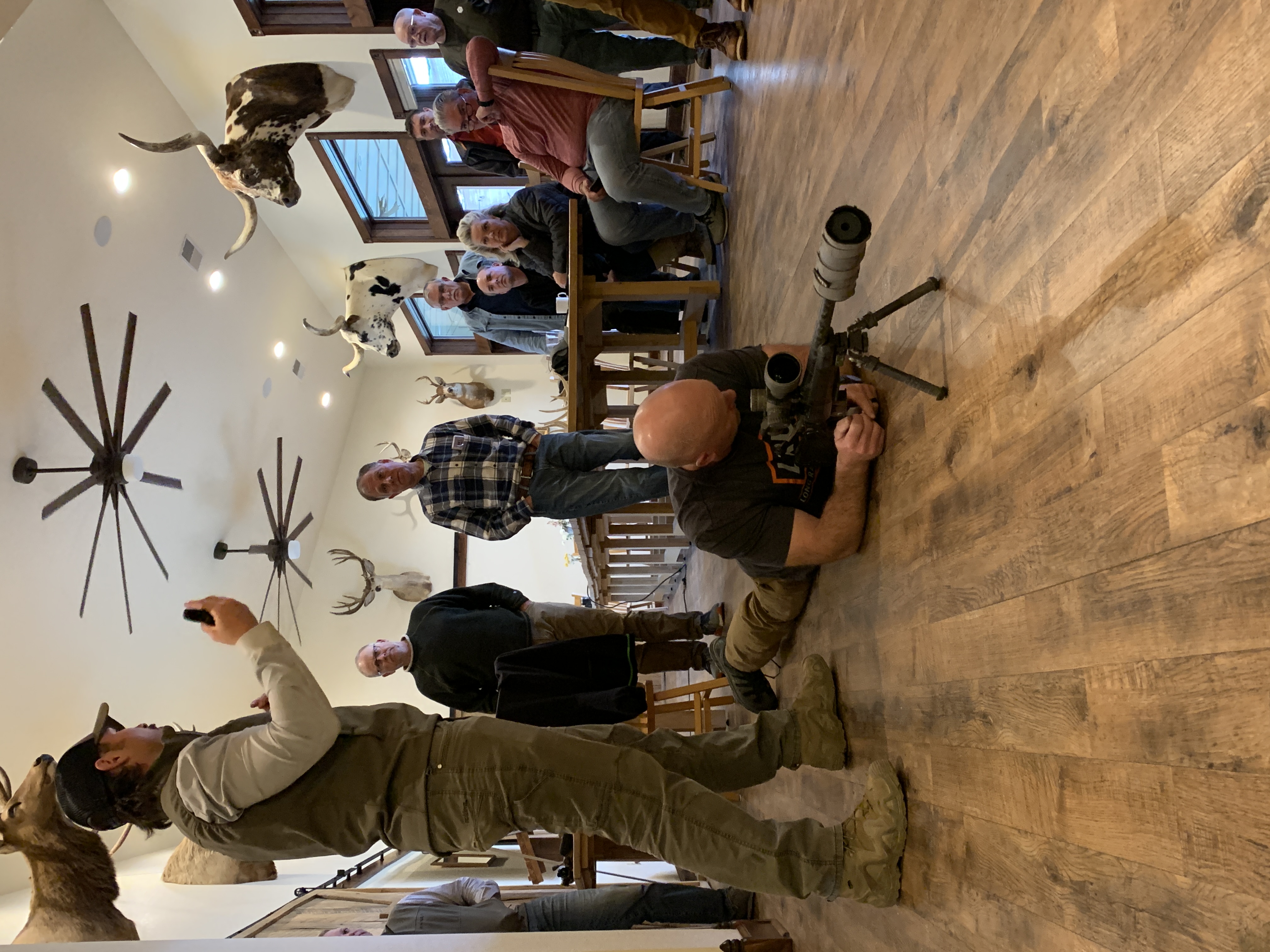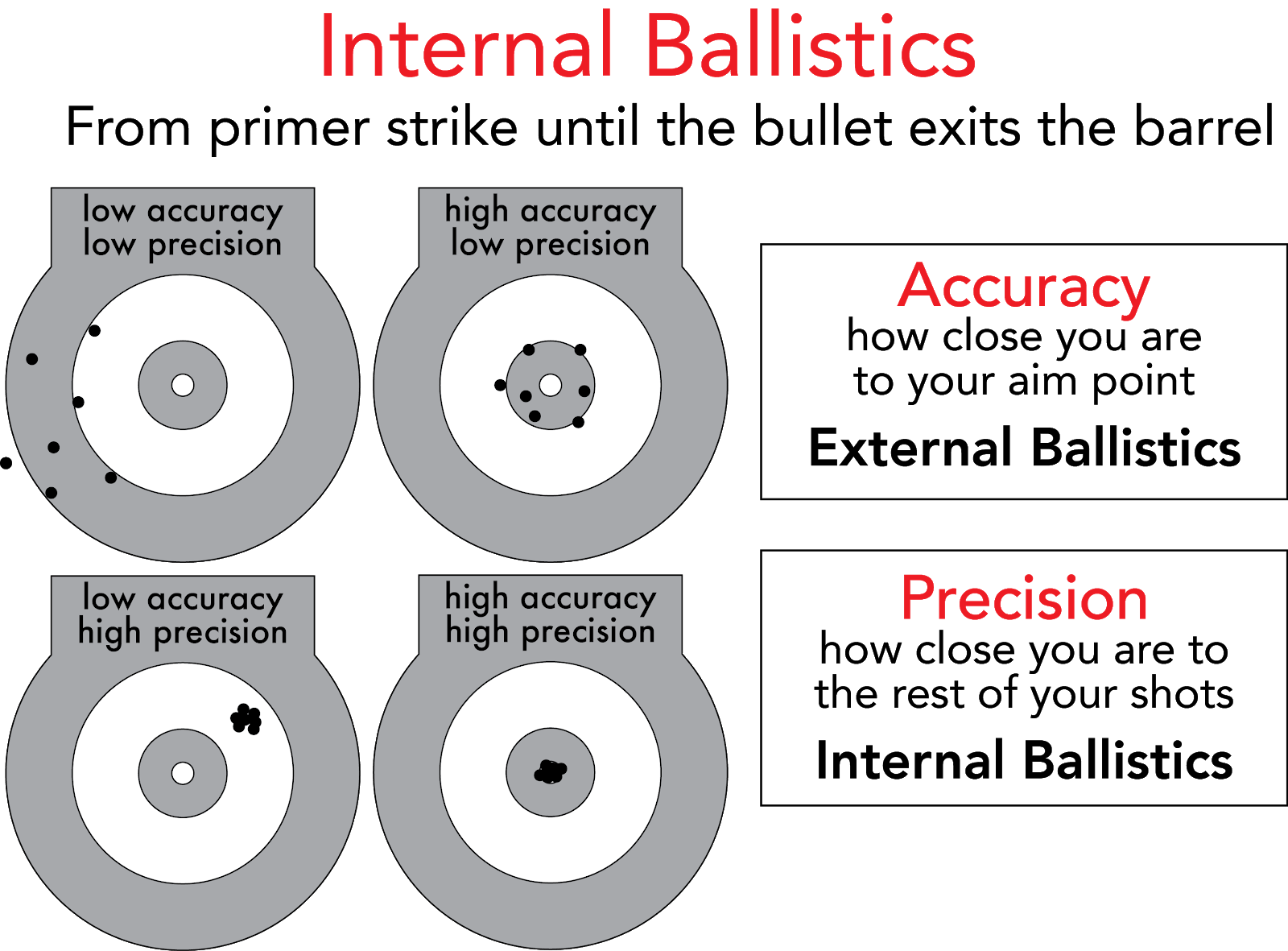What is calling your shot?
Simply put, calling your shot is communicating to yourself or to your spotter where you last saw the reticle when you pressed the trigger.
The shooter goes through their shot sequence.
- Focus on the reticle
- Let all the air out of your lungs
- Slow press of the trigger
- The shot breaks……..
- The shooter immediately calls out where they last saw the reticle when the shot broke (using a unit of measure and a direction/clock direction).
Example 1:💥 “1 minute left”
This shooter accidentally pushed their reticle left of center 1 minute just as the shot broke.
Example 2:💥 “Quarter minute 2 o’clock”
This shooter accidentally pulled their shot a quarter minute high right just as the shot broke.

Why is calling your shot important?
Let’s use sighting in your rifle/zeroing your rifle at 100 yards as an example.
Example 1:
Failing To Call Your Shot
- Shooter aims at a 1” square on the 100 yard target. He or she shoots, and just as the shot breaks, he sees the reticle bounce 1 minute right of center ≈ to 1” right of center at 100 yards.
- His shot impacts center of the 1” square.
- The shooter disregards where he saw the reticle when the shot broke and turns to his spotter to acknowledge the perfectly centered shot.
- The shooter takes a second shot and once again sees his reticle bounce 1 minute right of center. Once again, he does not tell his spotter that he saw his reticle bounce 1 minute right of center.
- The shot impacts center of the square again.
- The same thing happens a third time.
He has successfully put 3 shots in the center of a 1” square. The excitement of how precise this rifle is shooting is clouding the fact that he himself is not shooting accurately. If he was honest with himself and communicated with his spotter, they would have determined that his 3 shot group was actually 1” left of where he ultimately ended up aiming.

Is the rifle zeroed?
If the shooter prefers his zero to be slightly left at 100yds, then yes it is (Why one might prefer this will be in another article; See article Spin Drift).
For the sake of simplicity and to understand this article we will assume the shooter wants his zero to be spot on at 100 yds.
The shooter has successfully put 3 shots in the 1” square, but what did he not do?
Example 2:
Calling Your Shot (rifle zero needs adjusted)
- Shooter aims at a 1” square at 100 yd target. He shoots, and just as the shot breaks he sees the reticle bounce 1 minute below center ≈ 1” below center at 100 yds.
- The shooter immediately calls his shot (communicates to his spotter) saying “1 minute to the 6 o’clock”.
- The shot impacts center of the 1’’ square.
- The same thing happens a second and a third time; the shooter calls his shot on all three shots “1 minute to the 6 o’clock” and all impacts are center of the 1” square.
- Because the shooter communicated with the spotter by calling his shot, both the shooter and spotter know that his rifle is not sighted in correctly.
- With this communication and what they see on the target, this rifle is 1” high at 100 yds.
Example 3:
Calling Your Shot (rifle does not need adjusting)
- Shooter aims at 1” square at 100 yd target. He shoots, and just as the shot breaks, he sees the reticle bounce ½ minute high above center.
- The shooter immediately calls his shot (communicates to his spotter) saying “½ minute high”.
- The shot impacts ½ minute above center.
The shooter takes a second shot, this time seeing his reticle stay center on the 1” square. - He immediately calls his shot saying “center”.
- The shot impacts center.
- The shooter takes a third shot, this time seeing his reticle bounce 1 minute left of center.
- The shooter immediately calls his shot saying “1 minute to the 9 o’clock”.
- The shot impacts 1 minute to the 9 o’clock.
Because the shooter communicated with the spotter by calling every shot, both the shooter and spotter can determine that his rifle is sighted in correctly. Even though only one shot impacted center of the 1” square, all shots went exactly where the shooter ultimately ended up aiming.
I would not stop there though. The shooter ultimately had one good shot. His other two shots impacted where he ultimately ended up aiming, but they were not his intended aimpoints. Personally, I wouldn’t accept my zero until I felt all shots in my group were where I intended them to impact.
Now, you can use a 5 shot group to not only get a better idea of your group size, but also to give you leeway if you do accidentally throw a shot (as long as you call it and know that it was your fault).
The Importance of Calling Your Shot